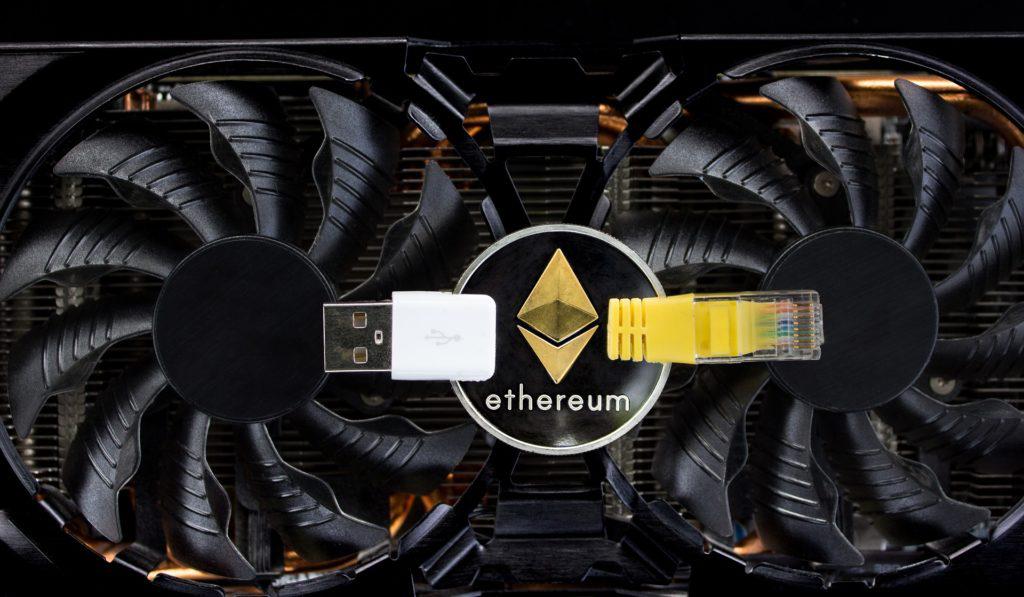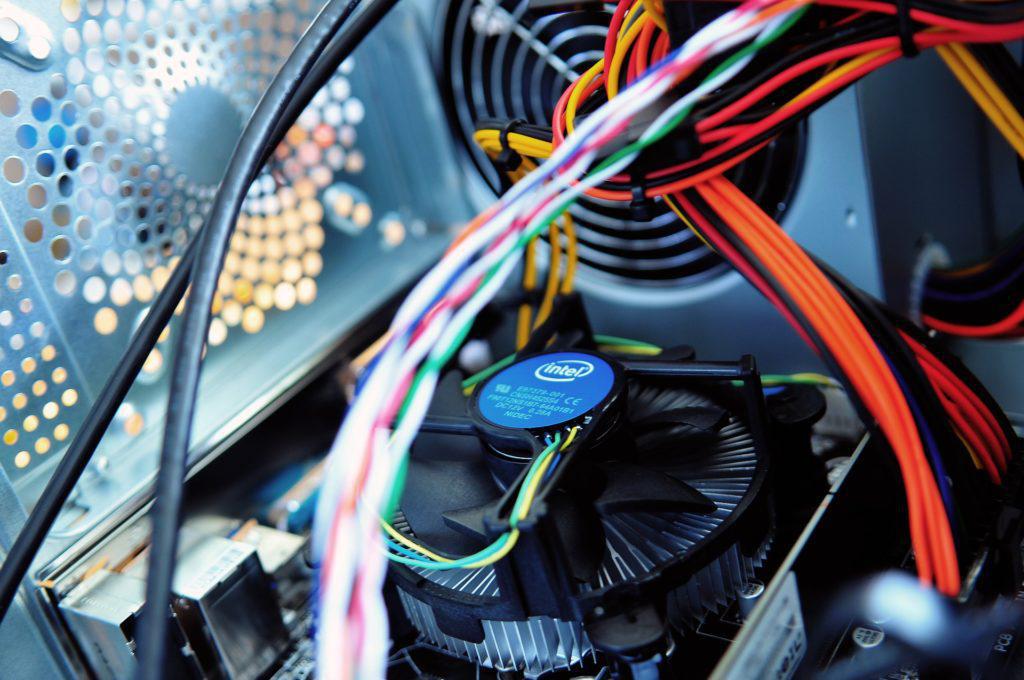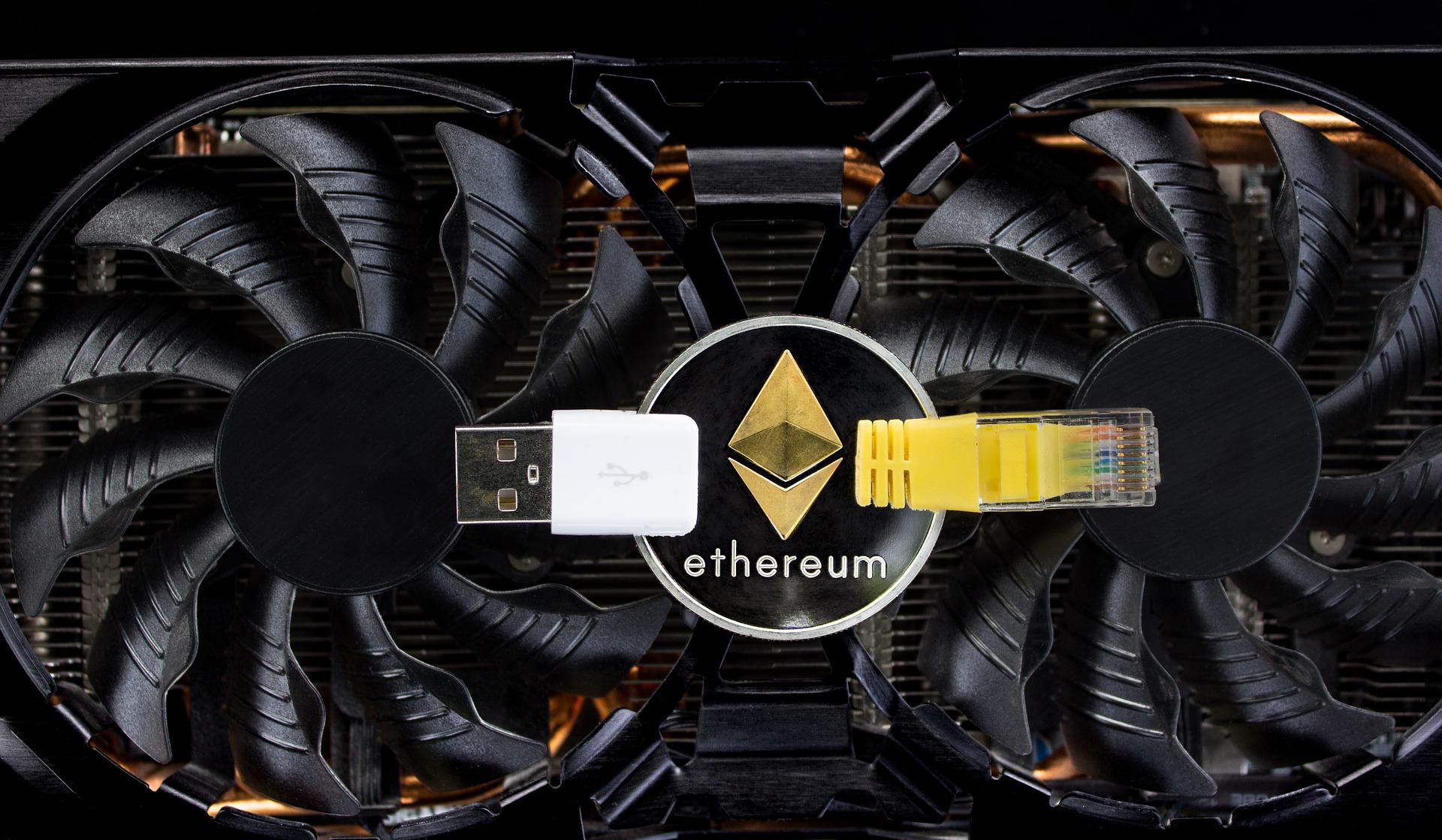Ethereum’s Golem Finally Goes Live
According to the latest news reports, one of Ethereum’s most ambitious projects to date, Golem, is finally going live. Golem is a peer-to-peer market which will put your computer’s extra CPU power to use for other people.
Golem, one of the Ethereum’s earliest generations of the blockchain’s applications, is going live after three long years – and 14 software implementations.

In 2016, Golem’s utility tokens, GNT, were launched in an ICO that sold out in 20 minutes. The venture was able to raise 820,000 ETH, which is about $340 million in that fundraising round.
While people are really excited that Golem is finally here, the project has also received its fair share of criticism, especially with regard to its delay in turning around a product. The CEO and founder of Golem, Julian Zawistowski defended the time it took for the project to go live. He stated that it was typical for software development, especially blockchain, to be more complex than originally anticipated.
And the project is still not very close to its ultimate goal of creating a global supercomputer. However, this stage of the project’s development is a critical step towards that goal and establishing its architecture.
What Golem Currently Can Do
Right now, in its current format, Golem will enable computers to rent out their unutilized CPU power to create CGIs (Computer Generated Imagery). This will be done using the open-source software for animated movies, visual effects as well as 3D apps and games, Blender.
This go-live version, called Golem Brass Beta¸ is to test whether the product can function in a real-life market condition using real money.

How Golem Currently Works
Right now, Golem works via a software client that connects providers (people who sell CPU power) and requestors (people who will use that CPU power).
Now, to create a complete computational picture, providers have to complete tasks, or even subtasks, that work like a jigsaw puzzle. You put the pieces together to create the whole picture.
These tasks are sent to them via the peer-to-peer network. These tasks are computed, and the results are sent back to Golem, which puts the pieces together and then pays the provider for its computational power.

Right now, the main objective of the network is to test economic assumptions within the system as well as garner feedback from early adopters. In future, however, the target is to develop a dedicated plugin for Blender, so that the extra step is eliminated and then, as a next stage of development, allow the network to provide resources for a form of AI called machine learning.
The next steps however, will take time. Zawistowski compared their current stage of development to that of the internet in the 90s. In those early days of the World Wide Web, developers had to create everything from scratch, which is what Golem is currently doing.

